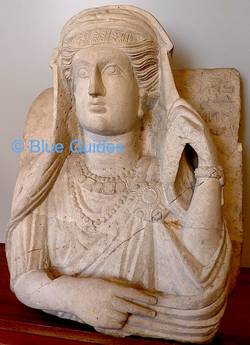A few steps away from Piazza Navona, facing the busy Corso Vittorio Emanuele II, is the delightful and little-visited Museo Barracco, home to an eclectic private collection of ancient sculpture. The palace itself, the Piccola Farnesina, is an elegant Renaissance building built for the French prelate Thomas Le Roy in 1523. For his part is bringing about an accord between Pope Leo X and King François I of France, he was permitted to use the lilies of France on his coat of arms. Le Roy must have been proud of this distinction: the lily emblem is everywhere in the decoration of the palace, including on some of the door handles.

The collection displayed here was put together by Giovanni Barracco (1829–1914) and it runs the gamut of ancient civilizations from Egypt to the early Christian Rome. The works from the ancient Near East are particularly interesting, as there is little else like them in Rome, and this peaceful museum provides an excellent place to see them and contemplate them undisturbed. The illustration here shows a funerary relief of a woman from Palmyra.
It is a typical example of Palmyrene art of the late 2nd–early 3rd century: many examples exist in the world’s museums, and they almost always follow the following scheme: the woman’s expression is distant and hieratic; she looks into the middle distance. Her left hand is raised to her veil, under which, in her hair, she wears an elaborate diadem. Her gown is held in place with a large brooch studded with cabochon gems. Her neck is festooned with jewels, pendant earrings frame her face and there is a bracelet on her left wrist. The woman pictured here was certainly a member of the wealthy ruling oligarchy of this powerful desert city.
For more about this superb little museum, see Blue Guide Rome and en.museobarracco.it. Palmyra is one of the fifty selected sites in Blue Guides’ Sites of Antiquity.






